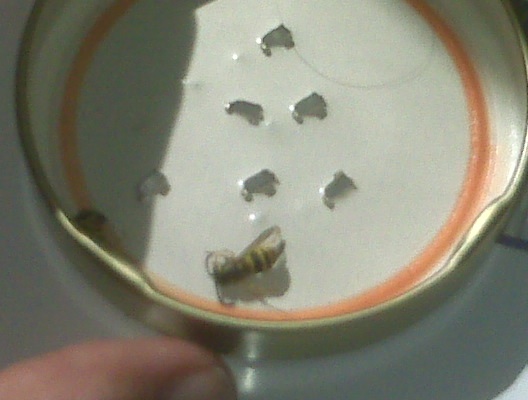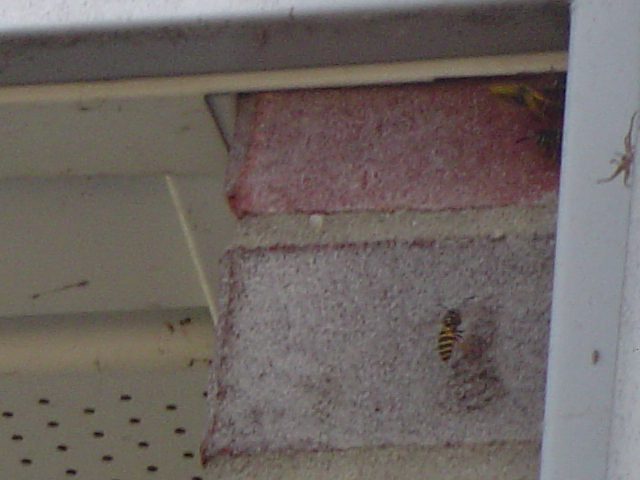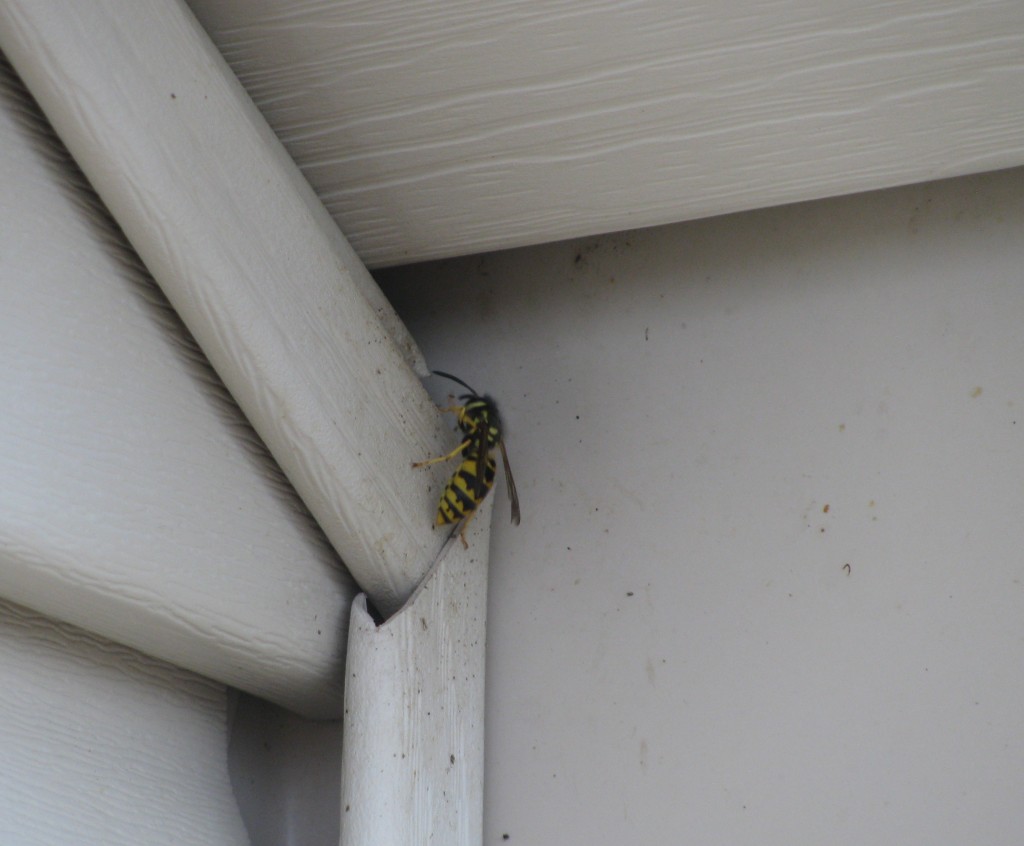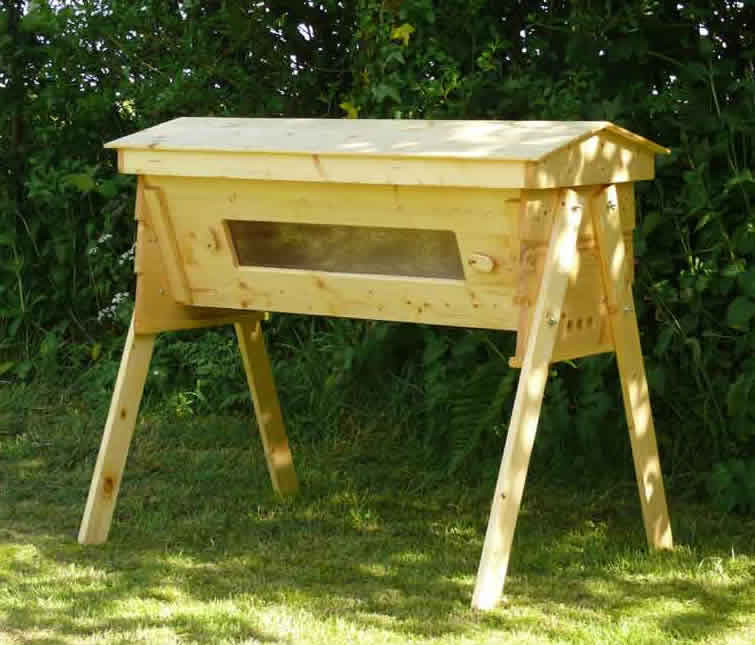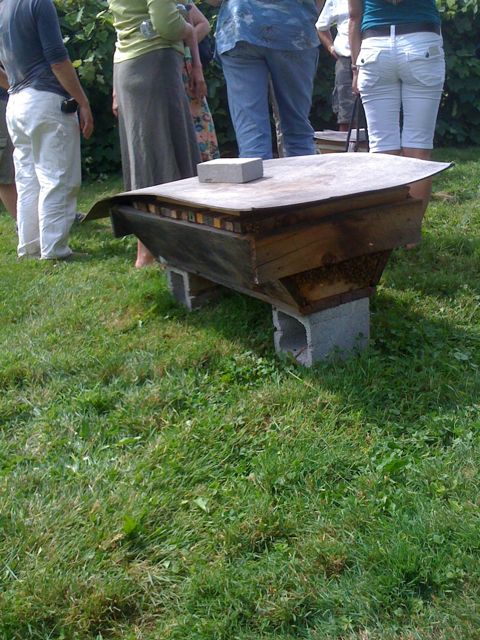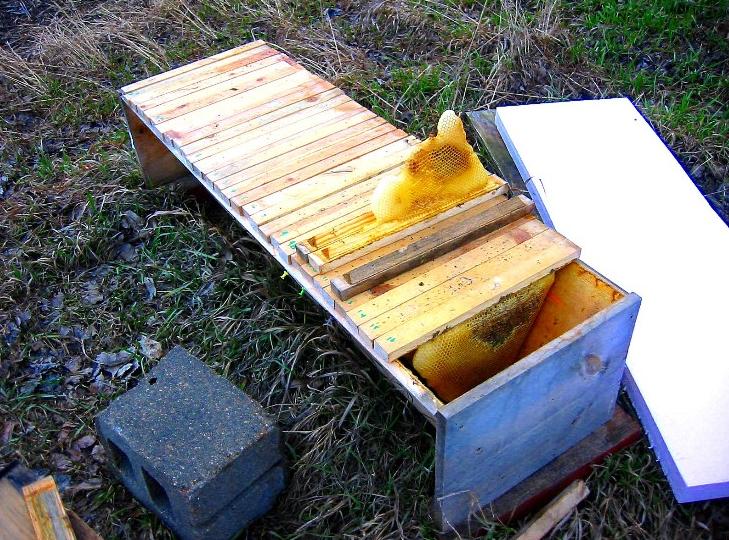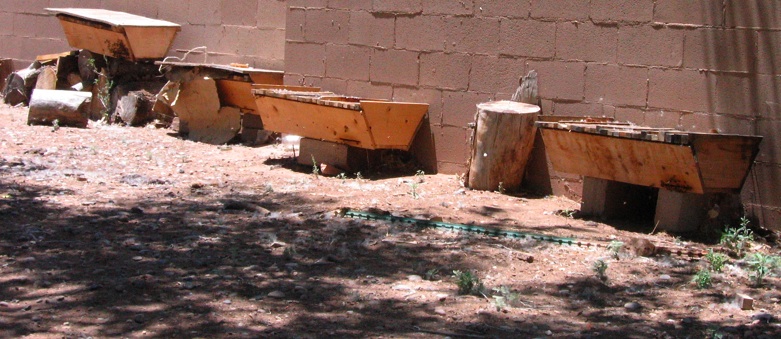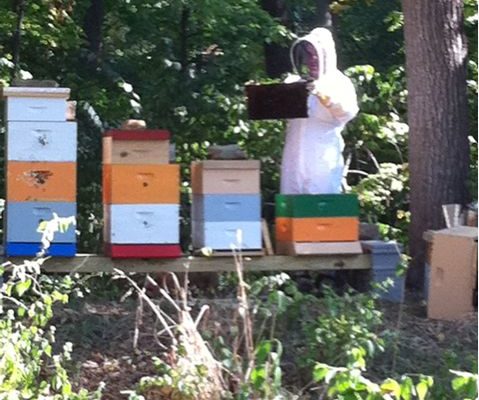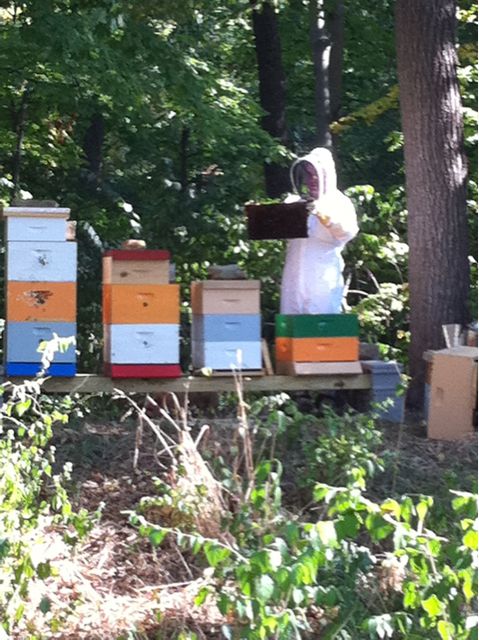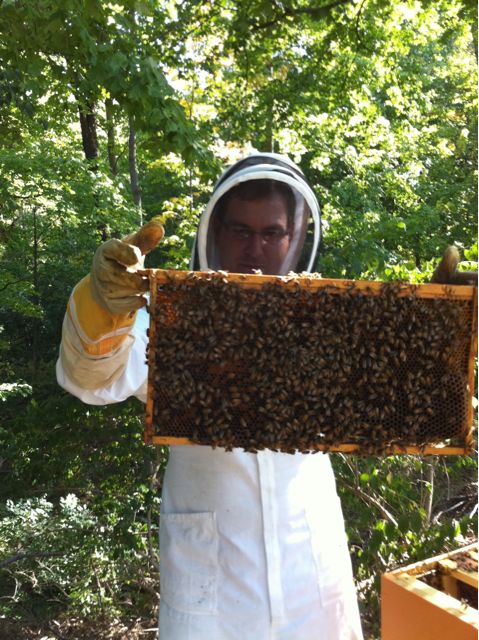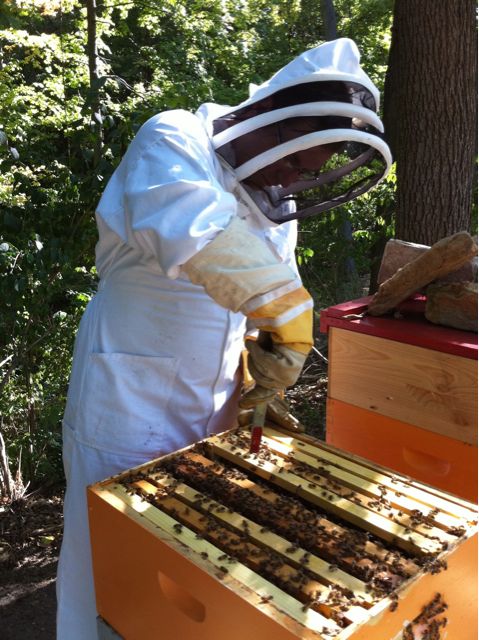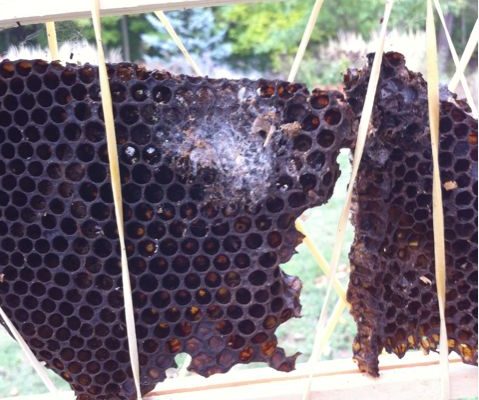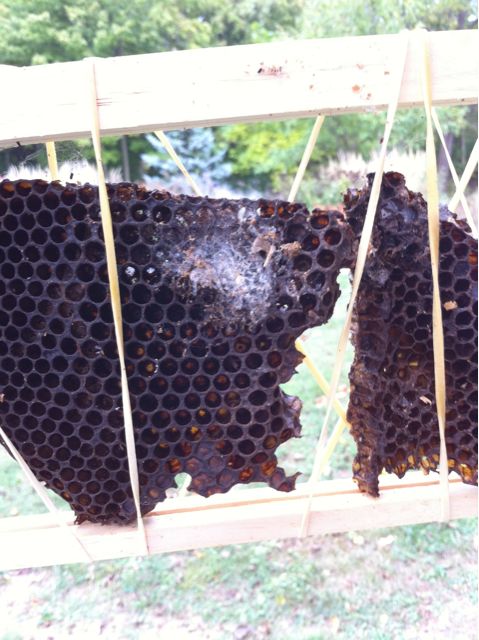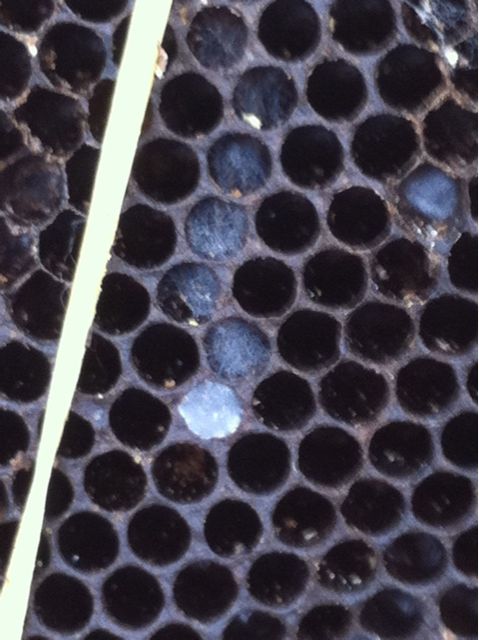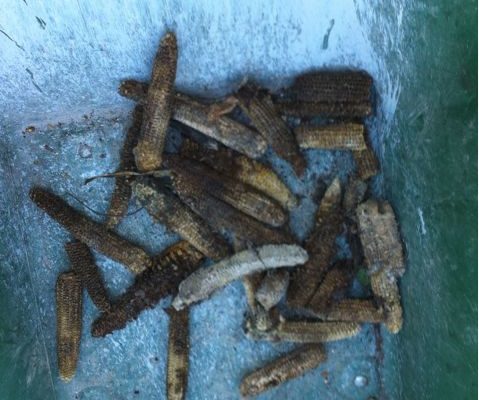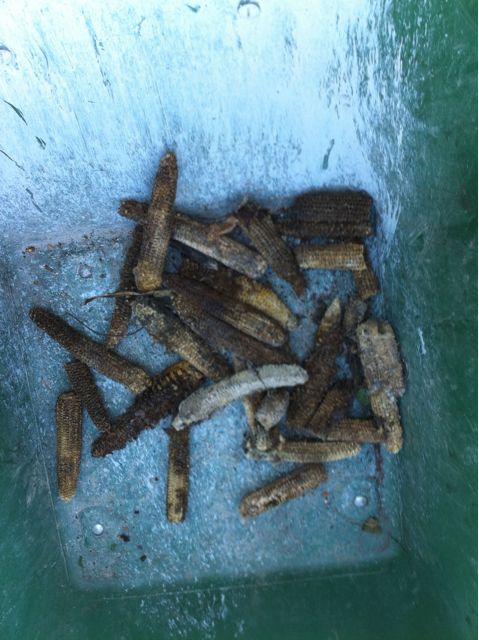As I was saying yesterday, I get a lot of calls about bees.
And, as I was saying yesterday (or was I?), I’ve decided to say “yes,” even when people call not about swarms but about bees living in their homes or in other structures. I will say “yes” and then I will figure out a way to get those bees out of there…and into my beeyard.
Thankfully, someone over on Beemaster.com suggested that she gets so many calls about bees which end up being calls about yellow jackets or wasps or hornets that she asks her callers to send pictures of their insects.
So, that’s what I now do. I say something like, “Before we discuss your options about how to handle those bees in your house, I’d like for you to send a picture of them to me so I can figure out what we’re dealing with.” I ask them to send their pictures to my email address or to my cell phone.
Here are a few of the pictures I got last week. Interestingly, once these callers take a picture of these insects and then look closely at the images, they all say in their accompanying message to me, “You know, now that I look at these more closely, I think they’re probably yellow jackets.”
